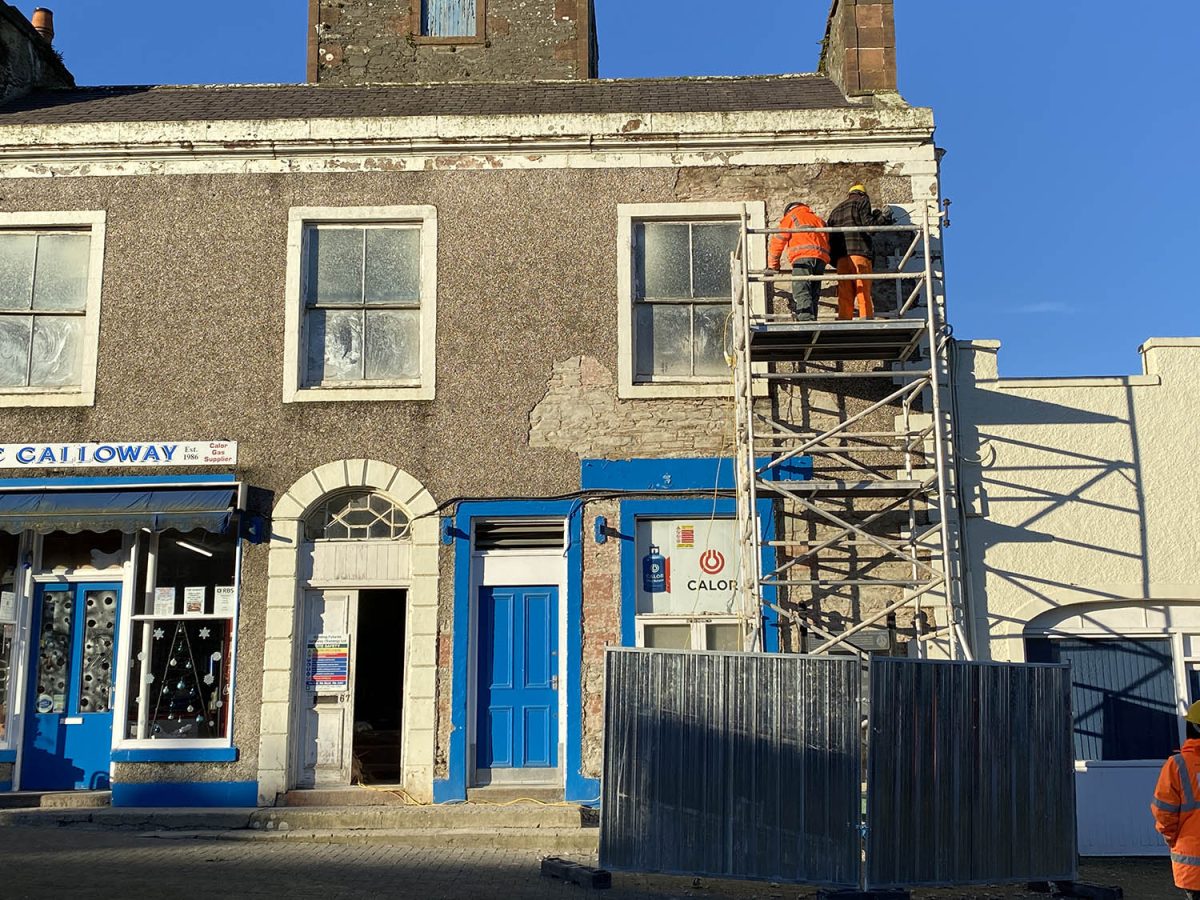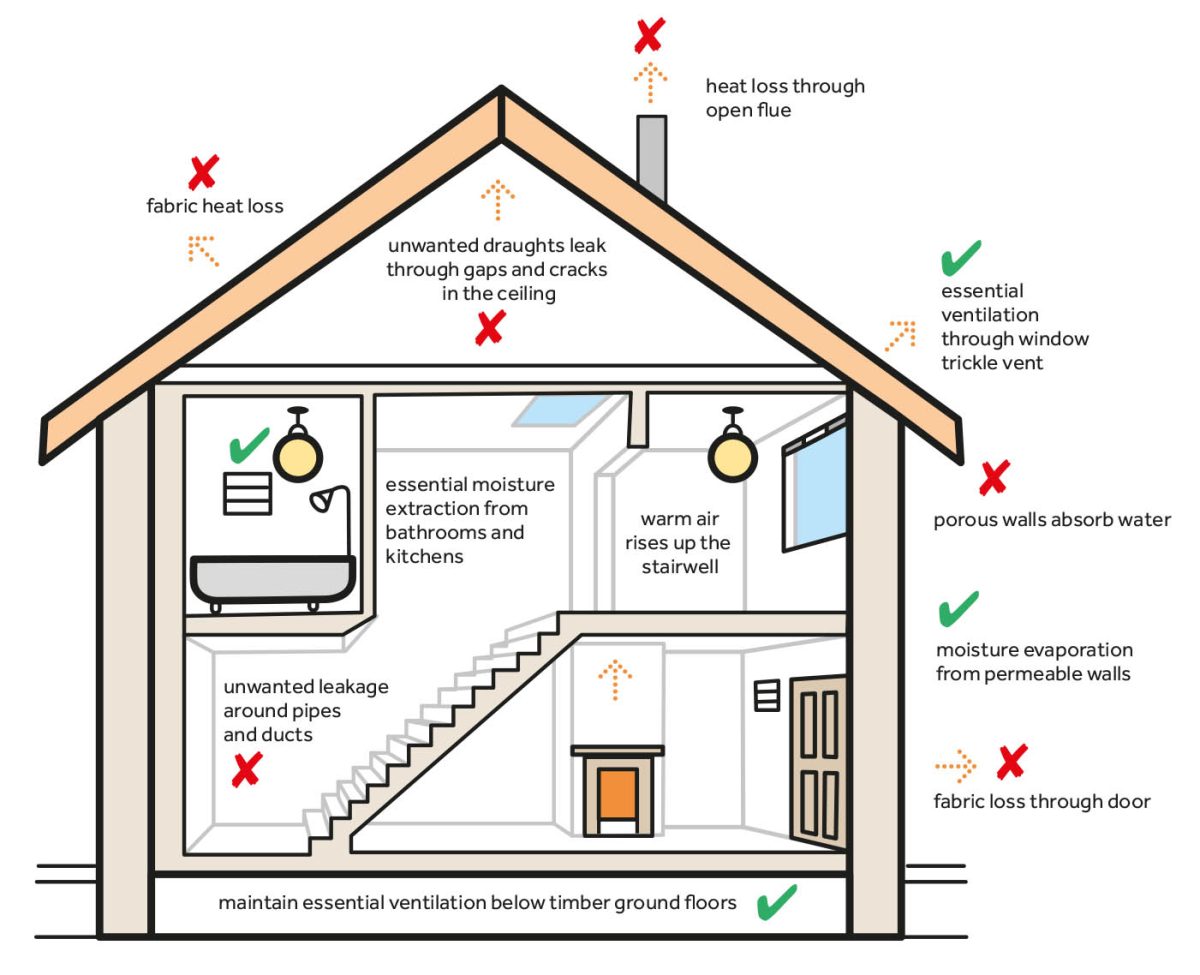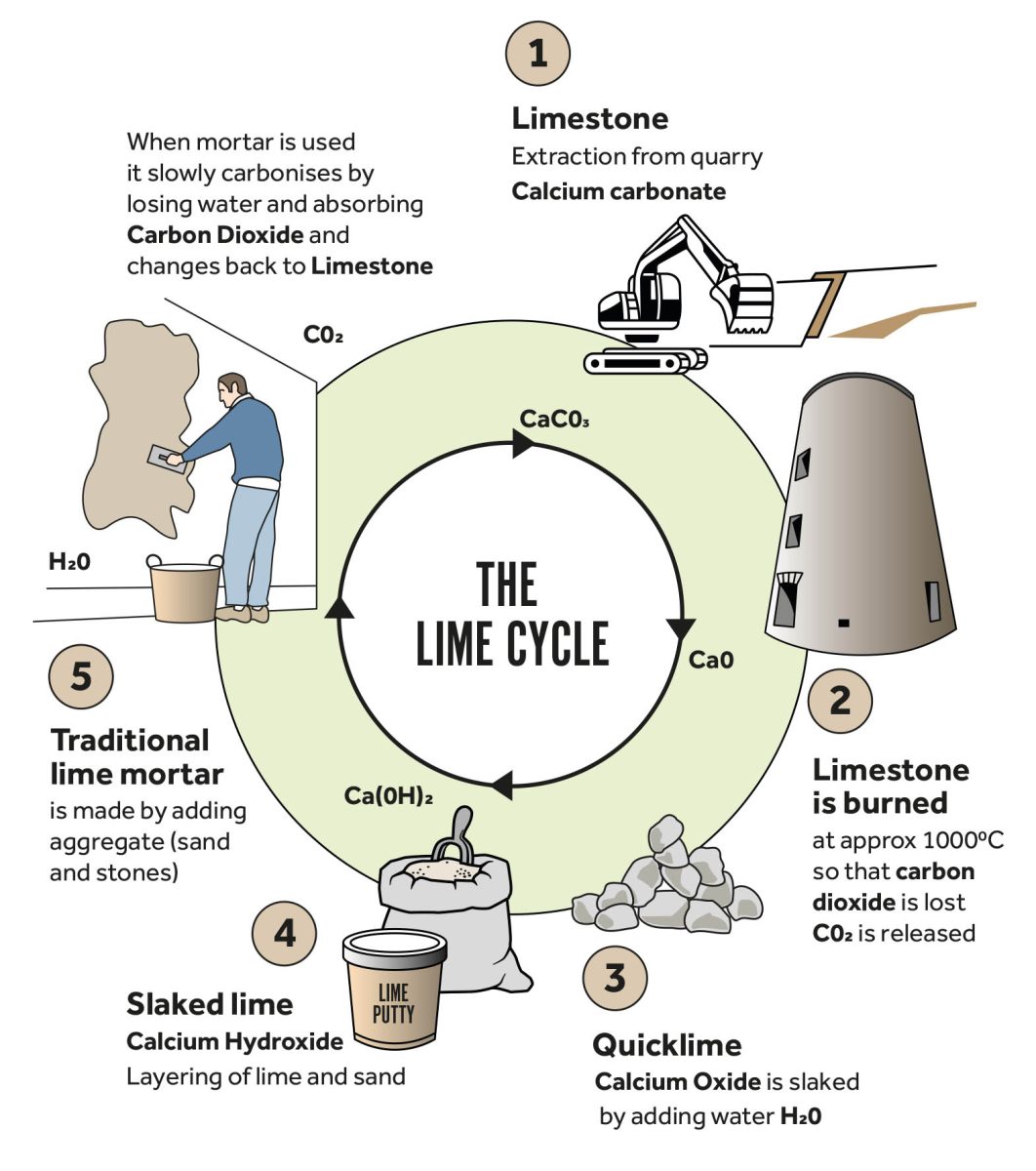Your basket is currently empty!
Old Town Hall
The Old Town Hall was constructed in 1814, as shown by a date-stone located to the centre of the sandstone pediment. It was built to replace a former tolbooth in the centre of the street, mentioned as early as the 1660’s, which had had extensive renovations prior to demolition. The Hall, like other Scottish town houses, has a steeple which was originally hung with a bell, a council chamber at first floor, and prison cells and stores. By 1962, the Burgh Council had applied cement render to the front; the sandstone balusters on the steeple were replaced in moulded concrete.

Retrofitting traditional buildings
Traditional buildings built prior to 1919 were intended to have ‘breathable construction’, meaning that the materials used readily absorb and release moisture. More modern interventions can affect the original system for airflow and cause damp, condensation and cold, requiring more heating to create acceptable conditions inside. Around 30% of UK emissions come from heating buildings.
Traditional buildings and Climate Change
Scotland has 479,000 traditional buildings, comprising 19% of the total domestic building stock, 33% of retail space, 24% of office space and 41% of the spaces used by the public sector (Scotland’s Historic Environment Audit 2024). These buildings, if not treated with compatible materials, contribute to greenhouse gas emissions because they are energy-inefficient; but they are also suffering the impact of climate change, with higher intensity storms and extremes of temperature.

Why Retrofit?
If we can retain old buildings, their embodied carbon (energy already used in their construction), is also retained. “The greenest building is the one already built” (Carl Elefante). Past constructions used materials which were local, minimising energy use, and conformed to a local style. This means such buildings are an important part of our cultural heritage and tourism economy.

Our Current Project
We are removing materials which are impermeable to moisture and cause damp and potentially rot to timbers.
SP Energy Networks’ Net Zero Fund is supporting this work and the reinstatement of measures which will not only insulate the building but help with carbon capture.
We will begin with repairs and maintenance, in a “Fabric First” approach, when new technologies for heating are introduced only after repairs and maintenance are addressed.
We will use materials which are water vapour – permeable and capillary – active. Both inside and outside, we will use insulated lime which consists of a lime binder, aggregate and a natural insulation material, which in the case of Diathonite insulating plaster, is cork.
Lime and the lime cycle
Lime is the material which would have traditionally been used in Whithorn and works best with stone buildings.

Did you know?
- Lime requires less energy to produce than almost any other types of modern plaster.
- Amongst renders and plasters, cement has the highest level of embodied energy. The cement industry is one of the main industrial sources of NOx and CO2 emissions.
- Cement is non-recyclable: lime can always be recycled.
- Lime mortar is a carbon-neutral material. Lime mortar is made from limestone, which actually absorbs CO2 from the atmosphere as it hardens and sets (called Carbonisation).
- We say that lime is slaked because it is thirsty for water!
- The installation of high performing lime-based insulation measures will improve thermal performance in this two-hundred year old building to achieve U-values of c.0.27-0.29 W/m2K, which is the target for modern buildings.
- We will install a high efficiency Air Source Heat pump, with no harmful emissions locally.
- Currently the Old Town Hall is in the worst 10% of recorded building examples in the benchmarking database;
- Through these coupled measures, we will reduce our energy consumption by 59% this equates to carbon savings of 72% on existing.


